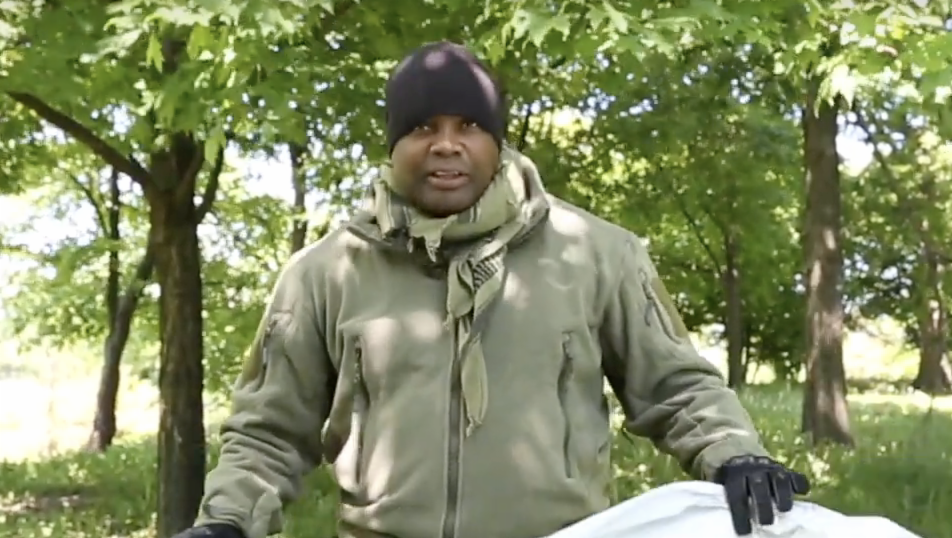Heatsheets Reflections Volume 2 — San Francisco Marathon
#TheWrap Week of July 20th
July 22, 2015#TheWrap San Francisco Style
July 28, 2015The following is the second volume of a continuing web series by AFM Founder and retired Heatsheets CTO, David Deigan, as he reflects on the history of the company.
—
 The colorful past of this most beautiful of marathons matches the personality of the city itself. The course and the finish line changed, almost as often as San Francisco’s notoriously fickle weather, but Heatsheets have remained a constant throughout the years.
The colorful past of this most beautiful of marathons matches the personality of the city itself. The course and the finish line changed, almost as often as San Francisco’s notoriously fickle weather, but Heatsheets have remained a constant throughout the years.
In the year we got our first printed Heatsheets order for this race, the course went from the Polo Field in Golden Gate Park, across town to the City Hall complex. In another year the finished shifted back to Golden Gate Park, but in Kezar Stadium (former home to the San Francisco Forty-Niners).
Today, the San Francisco Marathon is really an endurance race festival that features five endurance events with two starting lines and two finish lines.
The Main Event, the namesake San Francisco Marathon, starts and finishes between the historic Ferry Terminal at the end of Market Street, on the City’s spectacular waterfront and the Bay Bridge just before dawn on Sunday morning. But Half-Marathoners have a choice. Start with the Marathoners before sunrise, run the waterfront, up and over the Golden Gate Bridge, then above the cliffs of the Marin Headlands and finish at the Rose Garden in Golden Gate Park (the hilliest but most beautiful option), or start in Golden Gate Park (with more downhills and inner-city color) and run through the Haight-Ashbury district and a long downhill past the corner of the Castro through the Mission District, Mission Bay, Dogpatch, peak into AT&T Park, and finish after running under the Golden Gate Bridge along the waterfront.
The other two pieces of this five-headed extravaganza include a 5K from the Ferry Terminal to AT&T Park and back, or the Event’s Ultra-Marathon. Start at Midnight and run the full Marathon Course backwards. Refuel and join the Full Marathoners just before down and run it with more company. There is truly something for everyone.
For many years I provided the course talks to visitors from across the country and around the world, leading off with one statement: The course Peter Nantell has put together “is arguably the most beautiful, colorful and varied endurance event course in the world.”
San Francisco is a one-of-a-kind place to run. The course includes take-your-breath-away moments and its hills and valleys and fabled neighborhoods are home to more micro-climates than you can imagine. Its Mediterranean climate, extensive waterfront wrapping around three sides of the city, and the dominance of the very cold Pacific Ocean provide built-in air conditioning.
If you are finishing in Golden Gate Park, make sure your gear bag is equipped with something cozy, because it’s typically 10° F colder than the downtown finish and the tree canopy is extensive so even if it’s not socked-in overcast, it’s almost always cold. If you are finishing at the Embarcadero, think layers. Once the sun is up and the Marine Layer burns off, it will warm through the 60s and might go higher as you finish.
Where else can you be assured of perfect marathon weather at the end of July?
The Pamakid Runners staged the first San Francisco Marathon in 1977, won by a taxi cab driver from Reno, who ran in the 2:20s and took home a T-Shirt for his effort. The Pamakid Runners are a great running club and are still very much a part of the running fabric of the city. Their name combines Pa, Ma and Kid, so they’re clearly a family-oriented club with a positive social underpinning.
Scott Tomlinson, one of the first race directors I knew, entertained us at one of the first Road Race Management Meetings in Washington D.C. He spoke about some of the challenges facing this sport, then in its toddler stage, including a last minute road closure that forced immediate re-certification (he got it done) and discovering on race morning that most of his Porta-Johns were delivered without toilet paper. Scott frantically visited every Safeway in the city to buy up enough TP to be sure that all the paperwork got done.
The Pamakid Runners recognized that the race was outgrowing their bandwidth and it changed hands several times, landing eventually with sports management agents, IMG, whose athletes included top tennis players and golfers as well as our many top marathon runners. With the help of my friend Peter Nantell, IMG mastered the complexity of a 26. 2 mile race.
What Peter crafted then is very different from what the race offers today. Even through all the changes, Heatsheets remain a fixture at both of the SF Marathon’s finish lines.
You’ll find Heatsheets at both the finish lines near the Rose Garden in Golden Gate Park if you run the first half, and on the Embarcadero along the waterfront if you run the second half or the full.
Where else can you do this kind of stuff? And, in July?
Only in San Francisco.

